9 Most Intriguing Earth-Like Planets
Hunting for alien planets
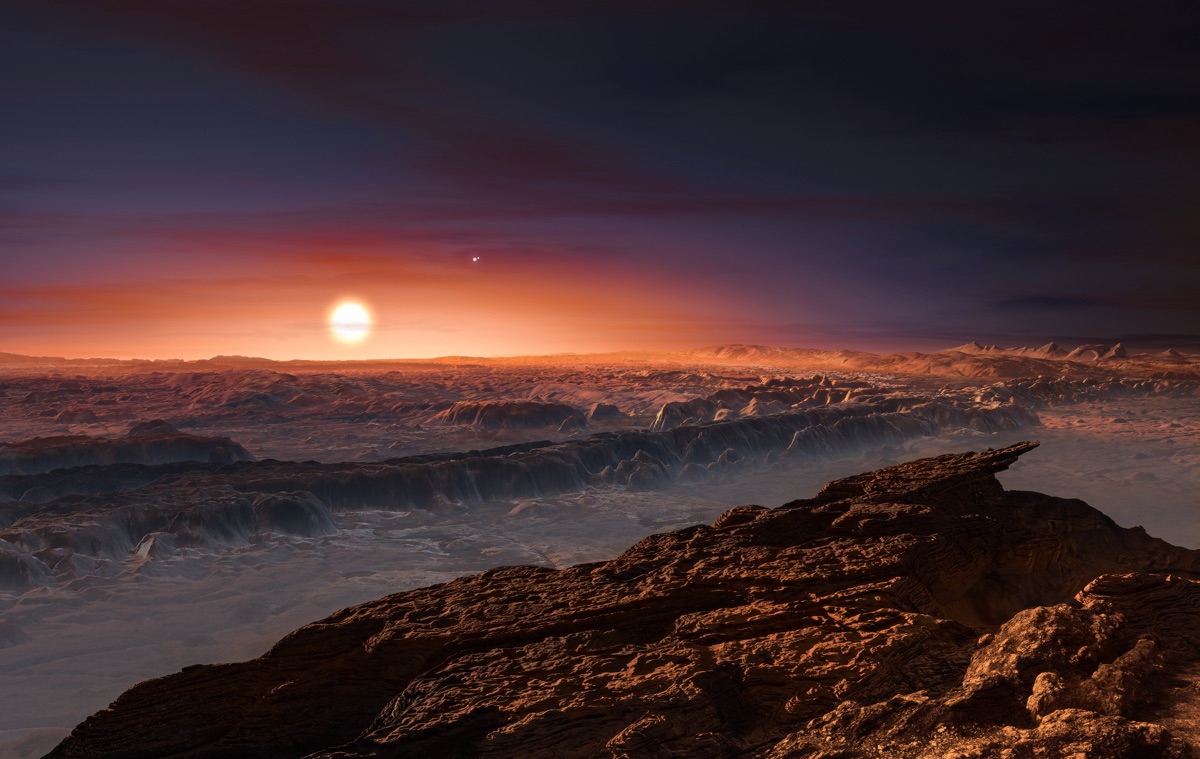
For years, astronomers have scoured the cosmos for Earth-like planets in alien star systems, in hopes of finding a habitable world where life could exist. This hunt has since turned up thousands of planetary candidates — some with conditions that could be similar to Earth, and others with more of a wild streak. Here are some of the most bizarre Earth-like planets.
Earth's seven sisters
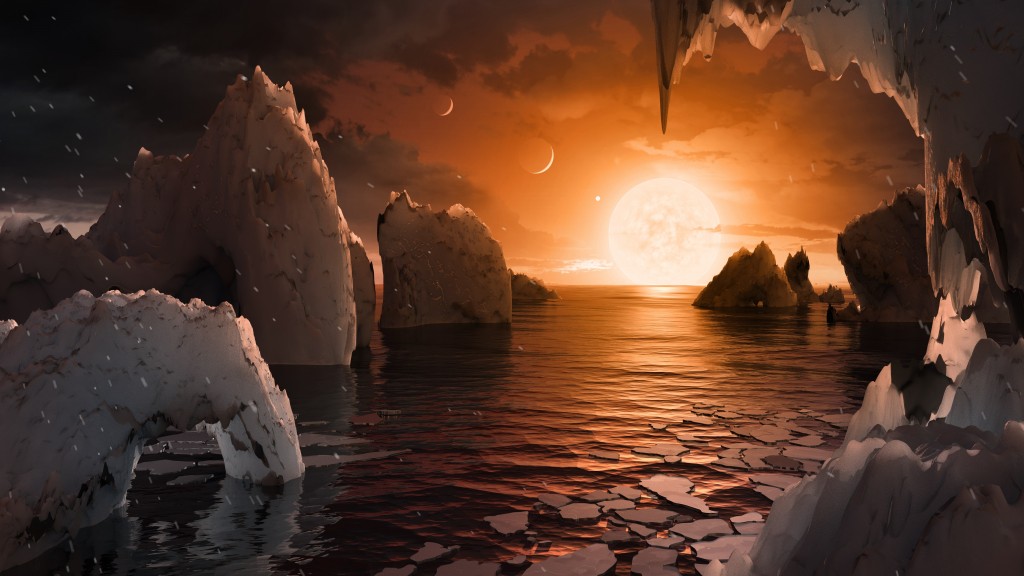
A motherlode of exoplanets (seven, to be clear) were unveiled in February 2017 in the journal Nature. An international team of astronomers discovered the seven-planet system, located just 40 light-years away from Earth, orbiting their parent star, an ultracool dwarf star known as TRAPPIST-1. At least three of these rocky orbs support oceans on their surface, the discoverers said.
The astronomers discovered the planets using the so-called transit method, measuring the dip in the parent star's light output as each of the seven planets passed in front of it. The method revealed that at least the six inner planets in the system are comparable in size and temperature to Earth.
"This is an amazing planetary system — not only because we have found so many planets, but because they are all surprisingly similar in size to the Earth," lead study author Michael Gillon, of the STAR Institute at the University of Liege in Belgium, said in a statement.
The discovery also has implications for how astronomers view the Milky Way.
"In the past few years, evidence has been mounting that Earth-sized planets are abundant in the galaxy, but Gillon and collaborators' findings indicate that these planets are even more common than previously thought," Ignas Snellen, an astrophysicist at Leiden University in the Netherlands wrote in a related News and Views piece published in the same issue of Nature.
Proxima Centauri b
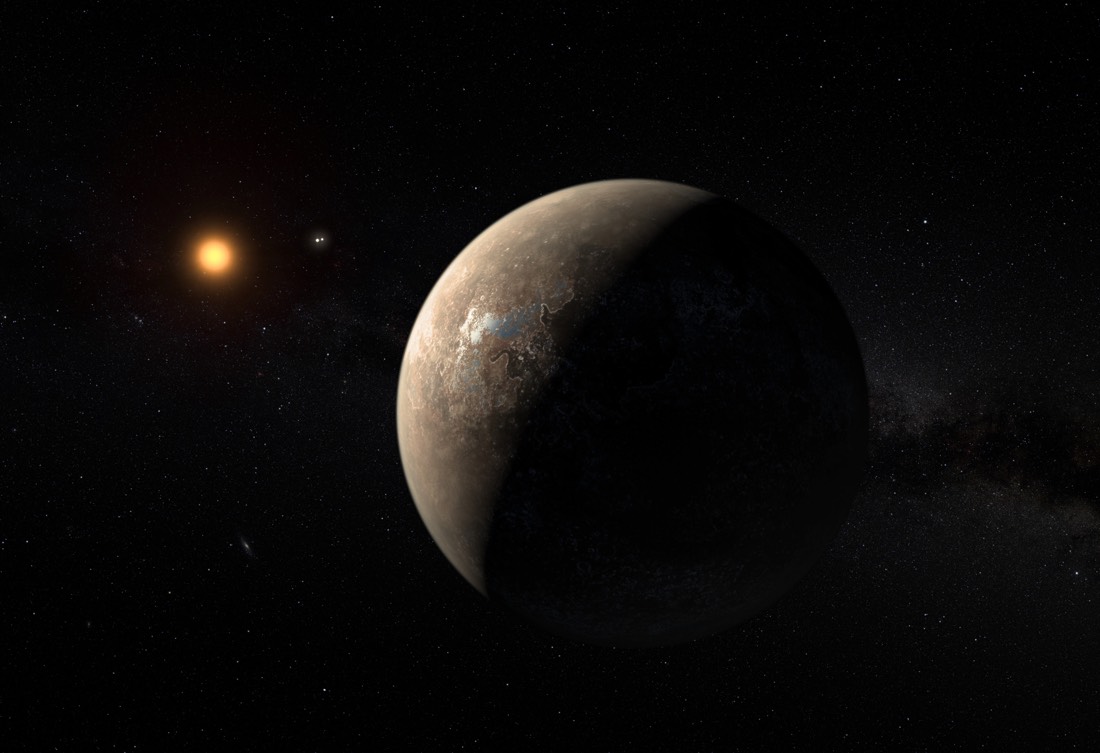
Scientists reported strong evidence of a newfound planet in our own backyard (well, sort of). The alien planet orbits Proxima Centauri, the closest star to our sun. Located just 4.2 light-years away, the planet is close, but it took a lot of creative analysis to make it visible to scientists. [Video: Alien World 'Proxima b' Around Nearest Star Could Be Earth-Like]
Proxima Centauri sometimes approaches Earth, and other times, it moves away, at roughly human walking speed of 3.1 mph (5 km/h). Researchers analyzed the tiny Doppler effect, or change in the frequency of the star's signal as it moved toward and away from Earth. The signal revealed a potential planet about 1.3 times the size of Earth.
Proxima Centauri is an active star with solar flares that can disguise themselves as planetary activity, making it challenging for astronomers to study the system. The team said it has accounted for that by excluding data from when the star was most active.
The TRAPPIST-1 planets
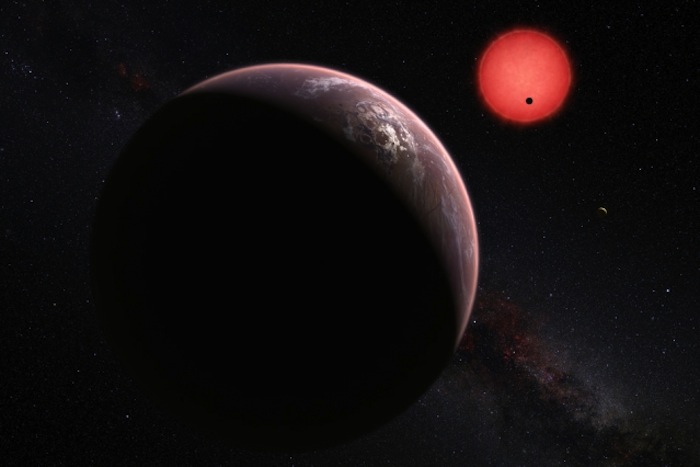
An ultracool star called TRAPPIST-1 (also known as 2MASS J23062928-0502285) hosts at least three Earth-like planets, according to a recent study published May 2 in the journal Nature. The worlds are similar in size and temperature to Venus and Earth, and are located just 40 light-years away.
The scientists spotted the infrared signal from TRAPPIST-1 fading and brightening regularly, which suggested that several objects might be passing in between the star and our planet. The three planets orbit the parent star every 1.5 Earth days, 2.4 Earth days, and four to 73 Earth days, respectively.
When the planets were discovered, study co-author Julien de Wit, a postdoctoral student at MIT, said in a statement that they are so close to Earth that scientists may be able to probe the planets' atmospheres.
Kepler-438b
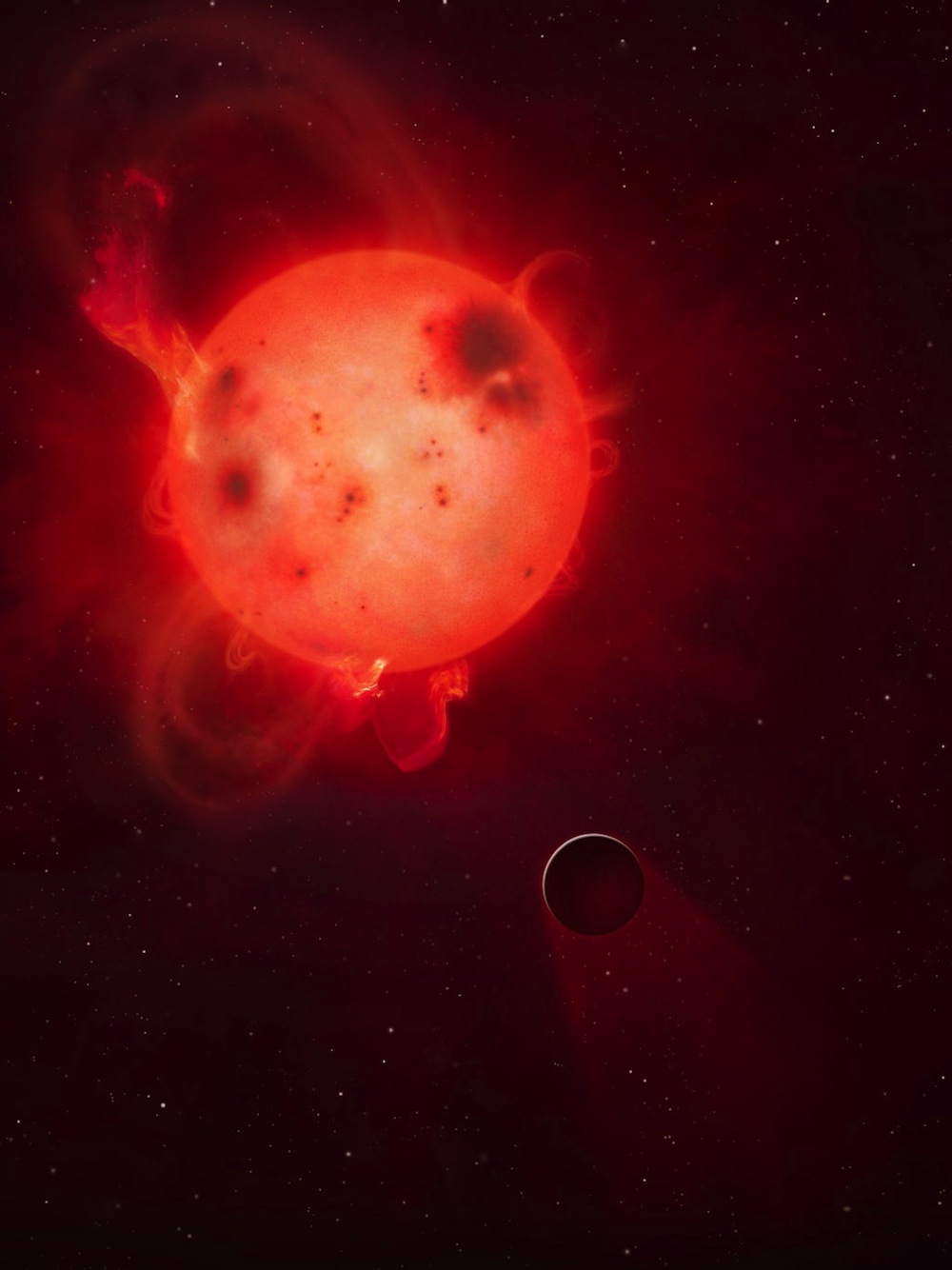
Kepler-438b orbits a red dwarf star roughly 470 light-years from Earth. The planet is considered to be very similar to Earth in terms of radius and mass, but is likely not a habitable planet, according to astronomers. That's because, according to a 2015 study, Kepler-438b's parent star is extremely volatile, sending out "superflares" that are 10 times as powerful as anything recorded on the sun.
The flares themselves are not harmful to the atmosphere, but associated particles that are part of a coronal mass ejection (CME) — a cloud of solar plasma — could wear it away over time. This all depends, however, on whether the planet has a magnetic field. If it does, it's possible that such a field could partially shield the planet from these CMEs, the researchers said.
OGLE-2013-BLG-0341LBb

A planet with the alphabet-soup name of OGLE-2013-BLG-0341LBb shows how habitable planets could possibly be located in a binary star system. The planet orbits one of two stars in a binary star system at the same distance from which the Earth orbits the sun.
There's a catch, however: The planet's star is much dimmer than our own sun and does not produce a lot of heat, so the planet itself is not habitable. However, scientists say this demonstrates that rocky planets can form in Earth-like orbits even when there are two stars involved.
The planet, whose mass is roughly twice that of Earth, was announced in July 2013 and orbits roughly 3,000 light-years from Earth, in the constellation Sagittarius.
Kepler-186f
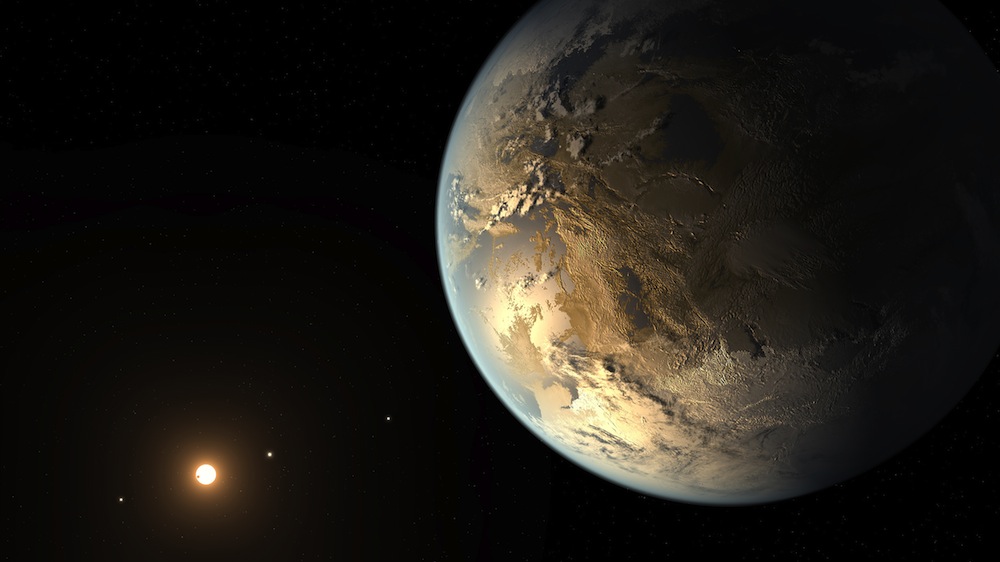
Kepler-186f was a landmark find for astronomers because it was the first Earth-like planet found in the so-called habitable zone — the range of distance from a star where liquid water might form on the planet's surface. Announced in 2014, the planet orbits a red dwarf star about 500 light-years from Earth.
The planet's diameter is roughly 1.1 times that of Earth and has a year that lasts about 130 Earth days. Scientists also said the planet exists in a stable environment and is likely not large enough to form the massive atmospheres seen on giant gaseous planets. However, the planet is likely too far away to have its atmosphere probed for now, even by the James Webb Space Telescope that will launch in 2018.
Gliese 667 Cc
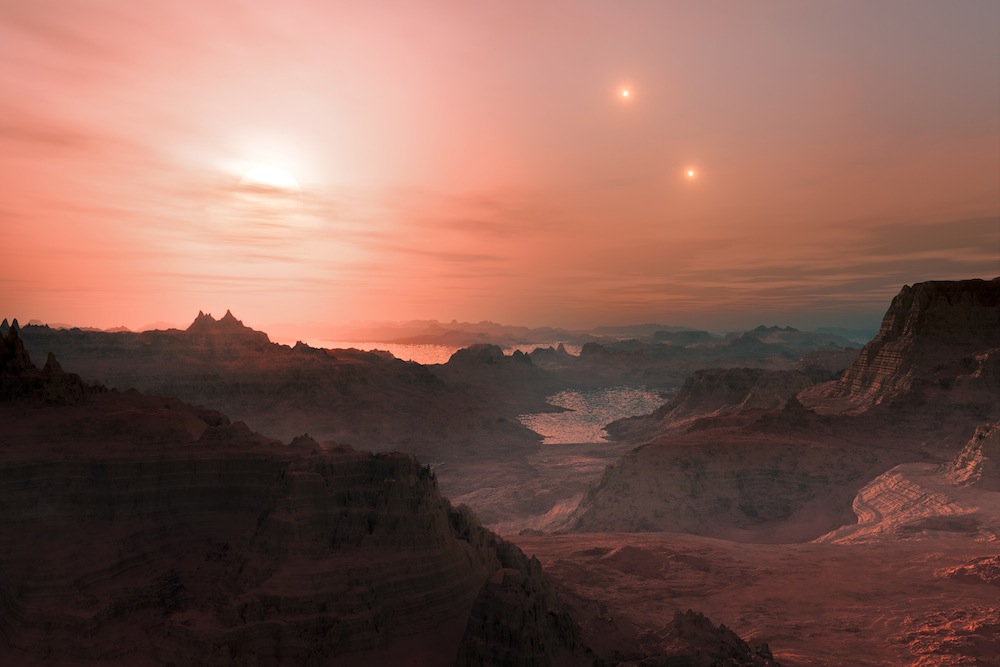
Gliese 667 Cc is another close Earth-like planet that can be found less than 24 light-years from Earth. Its mass is close to four times that of our planet, even though its radius is just 1.5 times that of Earth.
What makes the planet bizarre is its location. It has been difficult to track down planets around Gliese 667 C, the parent star, according to astronomers. As of 2016, two extrasolar planets have been confirmed, but five others are highly in doubt because some scientists say the "planets" are actually just noises in the data.
Wolf 1061c

Wolf 1061c is quite a bit larger than Earth; its radius is more than four times that of our planet. This may make Wolf 1061c more Uranus-like than Earth-like, depending on the characteristics of its atmosphere. But the planet sits right in the habitable zone of its parent star. Wolf 1061c also happens to have two rocky neighbors, which is somewhat reminiscent of the inner planets in our own solar system.
The other planets in the system include an Earth-like one that orbits in a tight five-day orbit around the parent star, making it too hot for life. There's also a more massive planet that circles the star in a 67-day orbit, at the edge of the habitable zone.
The system is located just 14 light-years away, which means scientists may one day be able to study the atmospheres of these planets.
Kepler-22b
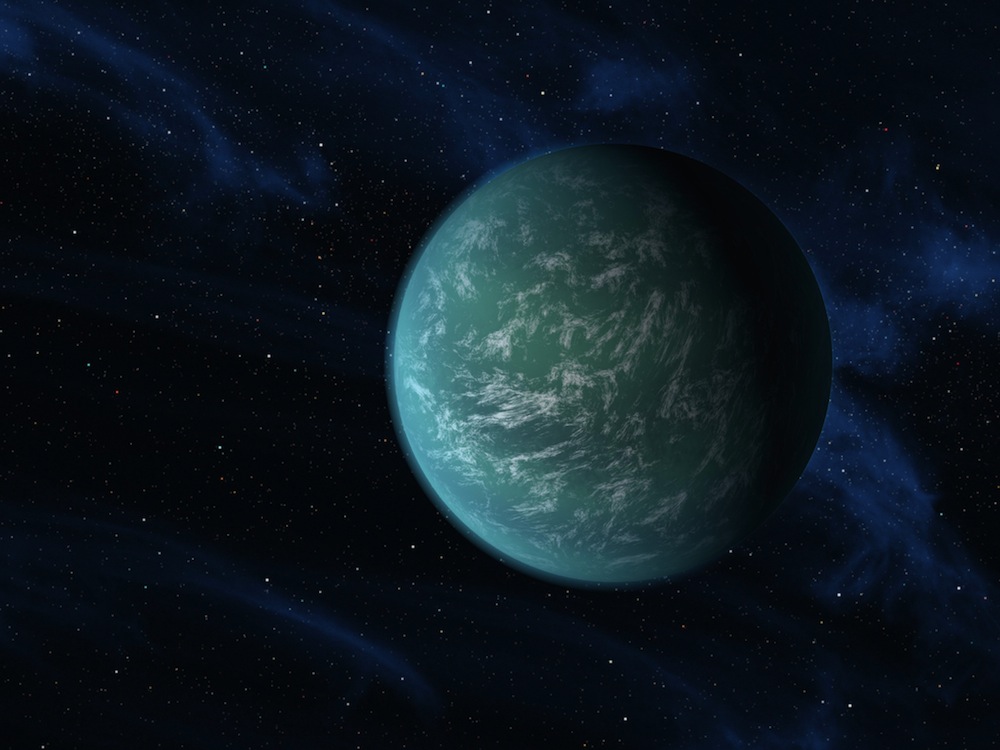
Kepler-22b is the first planet outside the solar system that the Kepler space telescope found in the habitable zone. It was discovered in 2011 and is roughly 2.4 times larger than Earth.
The planet orbits a star similar to our sun and has an orbit similar to Earth's, lasting 290 Earth days, compared to Earth's 365-day orbit. Kepler-22b's average surface temperature is about 72 degrees Fahrenheit (22 degrees Celsius).
Because the planet is so large compared to Earth, some researchers suggested that it could be covered with an ocean. It's hard to say for sure, however, as the planet is located 600 light-years away and is therefore hard to study in detail.
Sign up for the Live Science daily newsletter now
Get the world’s most fascinating discoveries delivered straight to your inbox.

Elizabeth Howell was staff reporter at Space.com between 2022 and 2024 and a regular contributor to Live Science and Space.com between 2012 and 2022. Elizabeth's reporting includes multiple exclusives with the White House, speaking several times with the International Space Station, witnessing five human spaceflight launches on two continents, flying parabolic, working inside a spacesuit, and participating in a simulated Mars mission. Her latest book, "Why Am I Taller?" (ECW Press, 2022) is co-written with astronaut Dave Williams.










